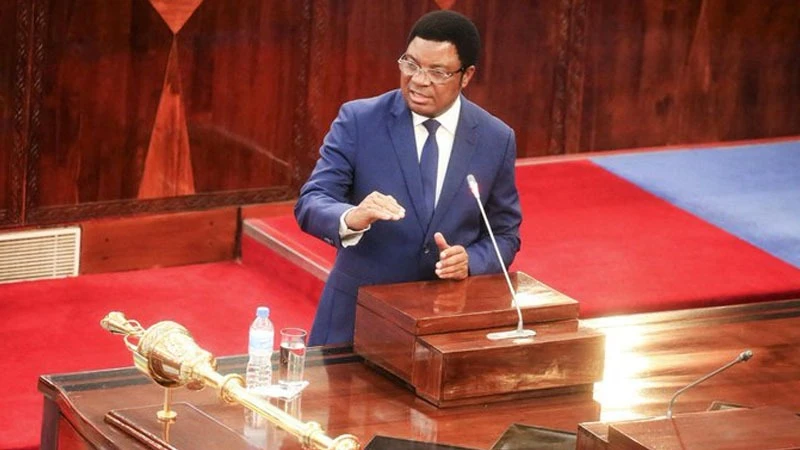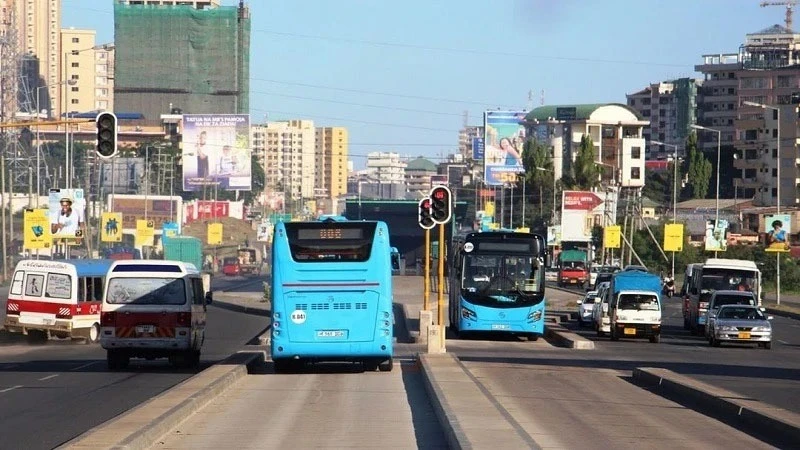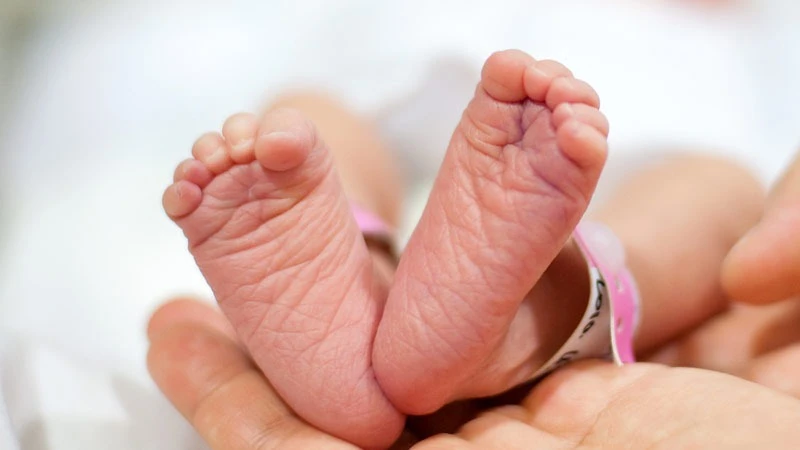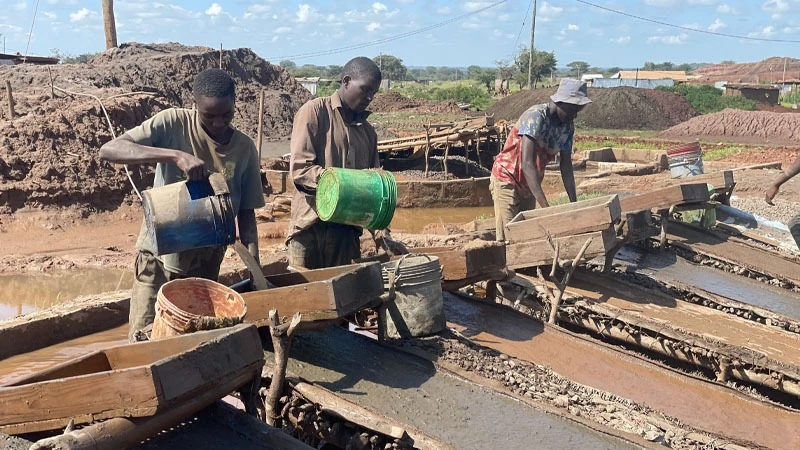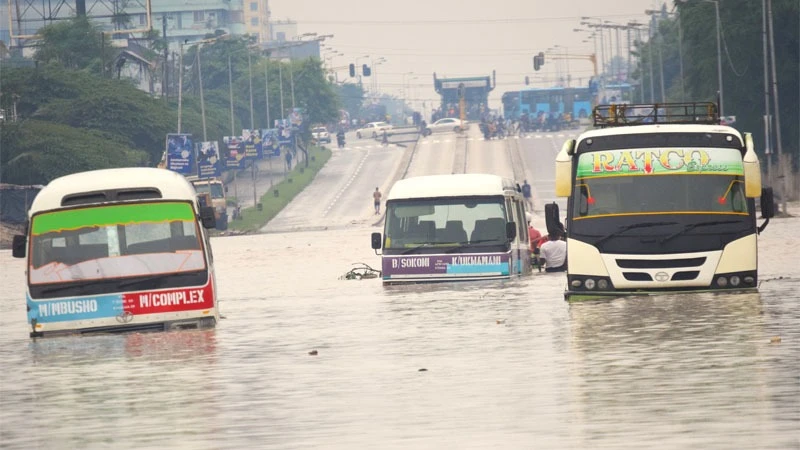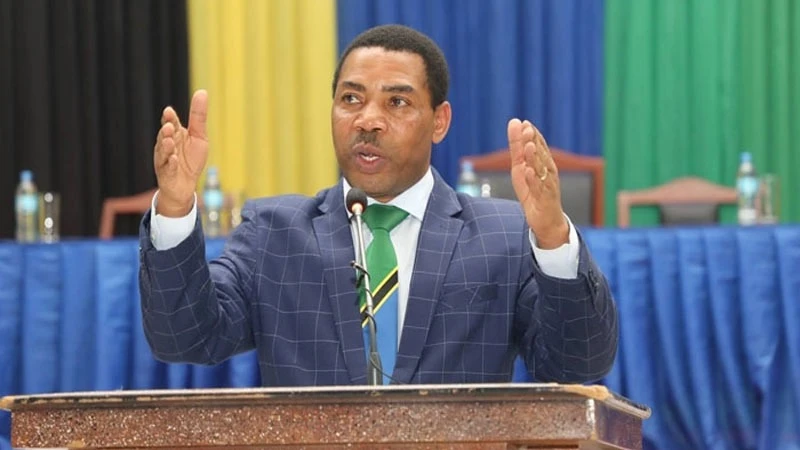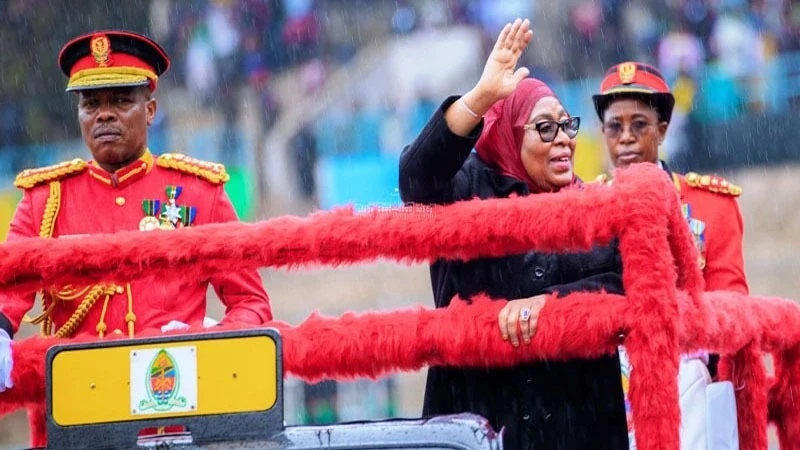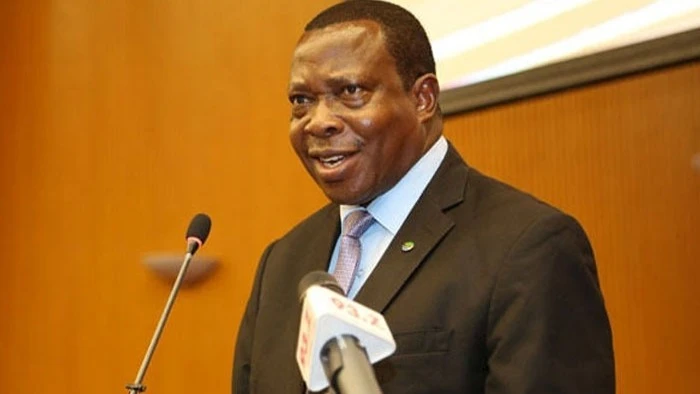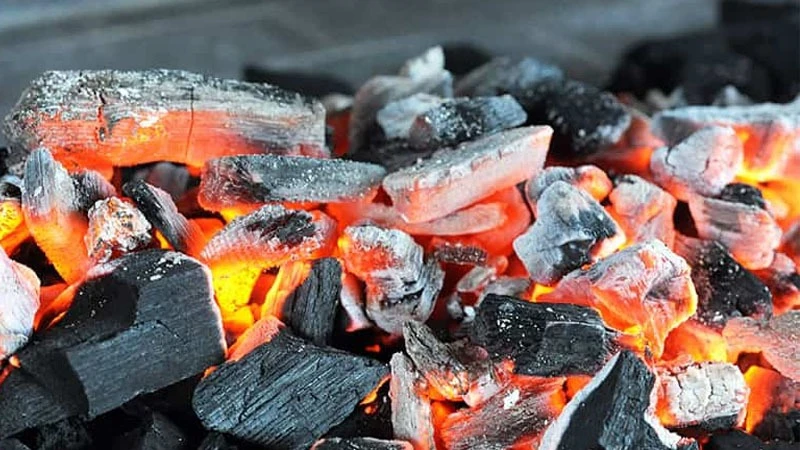Msimbazi Basin redevelopment scheme could serve as model for shanty suburbs
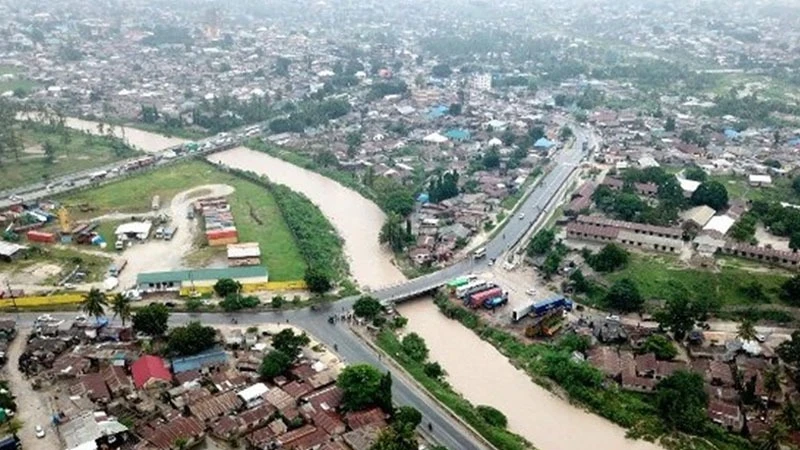
DAR ES SALAAM city authorities have been gearing up to start the demolition of 2,155 houses in the Msimbazi basin.
Going by the timetable issued earlier, the move ought to have taken off, but not one that will bring tears to the residents concerned.
Whatever was everyone’s take-home, sharing out 52.61bn/- among two thousand individuals or rather families will likely be considered decent compensation.
However, the scenario will change for the city centre when a vast park is created, making the surrounding land costlier.
One characteristic of major cities in Africa and elsewhere in the so-called developing world is that they are concomitant with depressed areas, as there is no systematic and continuous land purchasing for redevelopment.
The reason for this is that land purchase works well when one is dealing with individuals, not clans or state authorities.
In that case, areas already intensely populated require a sort of Msimbazi Valley scheme for a redevelopment plan by state authorities, at least to make land purchasable. Other low-lying areas could similarly be converted into parks, hotels.
This particular redevelopment operation comes from a World Bank design and, by definition, it is not possible to repeat it across the city’s other depressed valleys forming a picturesque scenario for game parks and other luxury facilities.
It is easy to see that compensation money would be recovered within a decade on the basis of investments made on such land, as habitats for businesspersons closer to the centre aren’t a housing aspect likely to be less in demand anytime soon.
So long as levels of crime do not rise, the city centre is supremely marketable as a residential zone, even as upper-class housing has spread out into the outer circle.
It was announced sometime last year that citizens in diaspora who have another nationality already will get special consideration to purchase houses, a point the Finance minister even added in his Government Budget remarks. However, little has been seen to that effect over the past year.
It is possible that the government can change tack and instead of leaving it to individuals to look for such space or houses to buy, where they will have a headache attracting the relevant sort of infrastructure they need if the area is densely populated, opt to use ‘Msimbazi model’.
There is the idea of obtaining a World Bank loan or some alternative arrangement, as the World Bank mixed its financing with bond holders from the private sector or team up with other lenders.
The current format could be applied to get into place two or three more parks, making the city more inhabitable and the youth more preoccupied as athletic enthusiasts in a palatable environment.
Tanzanians in diaspora could then buy plots or even put up facilities for residence, shopping or other use, depending on the design and marketing expectations. No more depressed areas would be remaining.
Otherwise, just a few local traders buy dilapidated houses to put up residential facilities usually with shopping annexes on the ground floor.
Changing the face of the city will remain slow, while these depressed areas produce all sorts of social misfits.
Drug abuse and other forms of crime would likely proceed from there as there would likely be little relaxation for youths with nothing in the pocket.
Compensation of this sort is not far from TASAF and other empowerment initiatives, but on condition of vacating the house.
Were it that decision makers in the World Bank grasped the matter this way, they could adopt ‘quantitative easing’ for that sort of credit, as it would not really be excessively ambitious to lead to the ‘empty skyscrapers’ chaos the likes of China are battling.
Top Headlines
© 2024 IPPMEDIA.COM. ALL RIGHTS RESERVED






